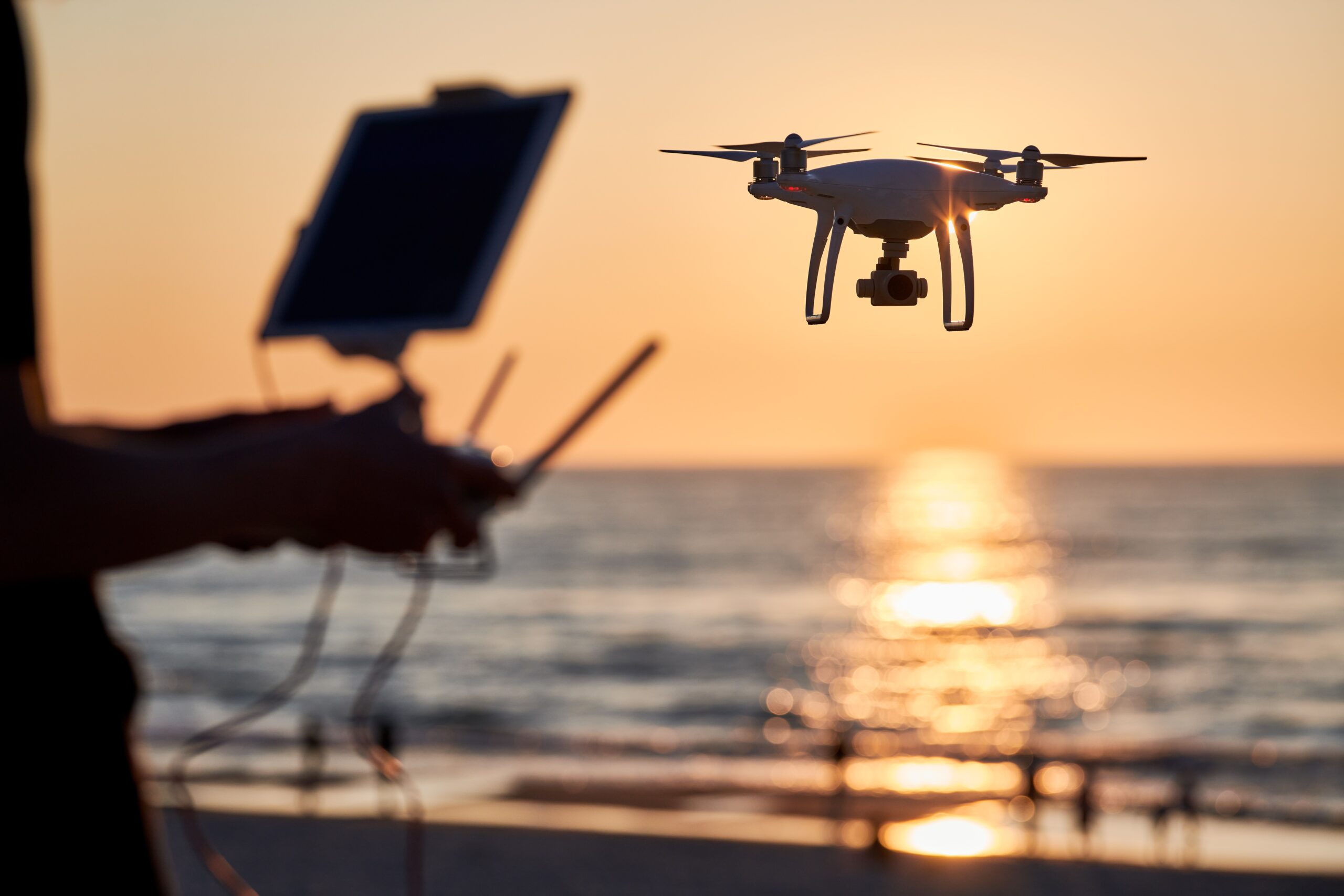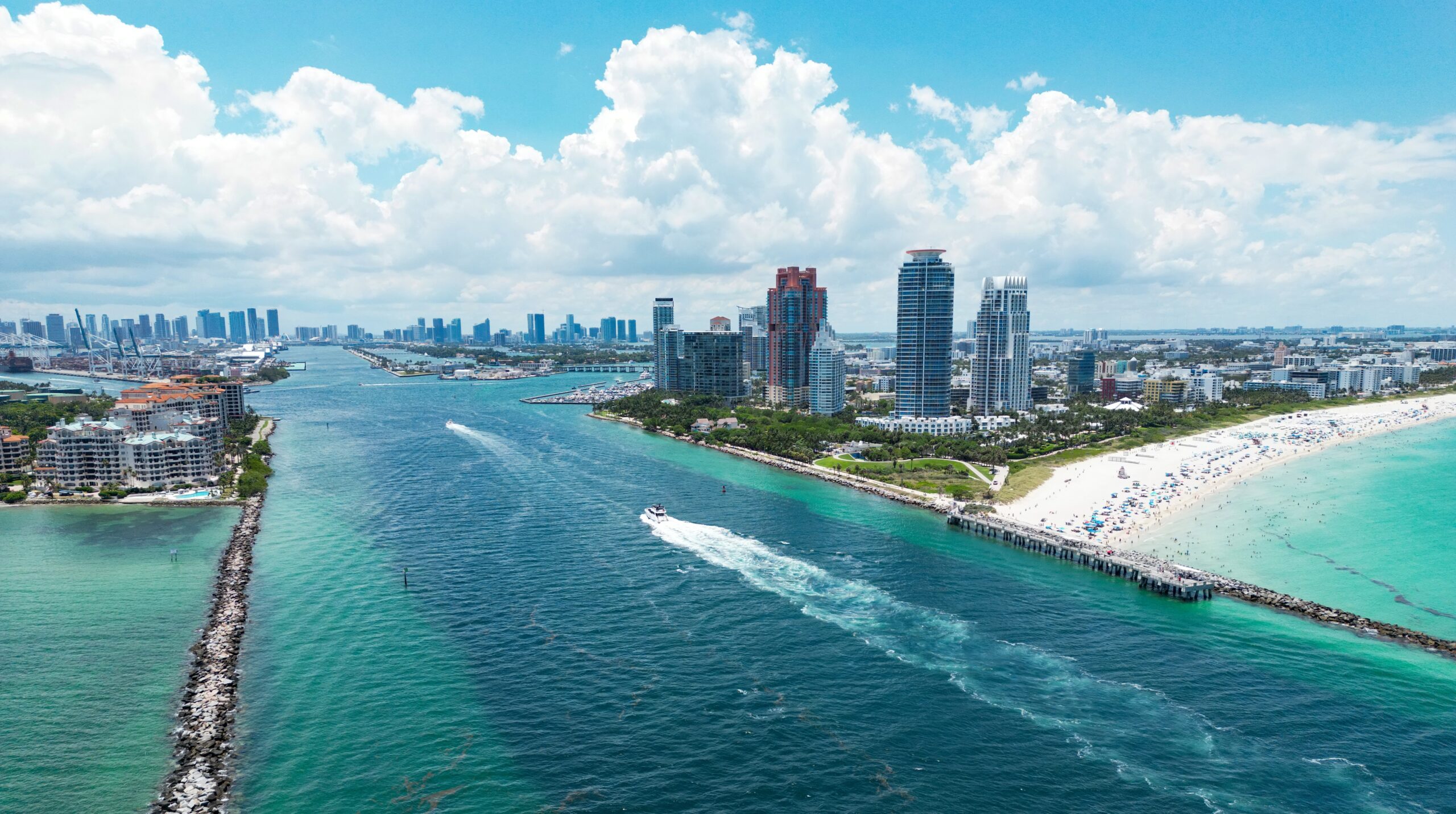1. Extra Batteries and a Charging Hub
One of the first things new pilots realize is that drone batteries don’t last as long as they’d like, especially in the summer heat. Most drone models offer flight times ranging from 20 to 40 minutes, which can disappear quickly during practice sessions or content creation. Investing in extra batteries allows you to extend your day in the air without long breaks in between.
To stay efficient, pair your extra batteries with a multi-battery charging hub. These hubs charge several batteries sequentially or simultaneously, depending on the model, and help ensure you’re always ready for your next flight.
2. ND Filters for Smoother Photography and Video
Neutral Density (ND) filters act like sunglasses for your drone’s camera. They reduce the amount of light that enters the lens, which is especially helpful on bright summer days. Without them, your footage may be overexposed, blown out, or jittery due to incorrect shutter speeds.
If you’re capturing cinematic video or crisp aerial photography, ND filters are essential for maintaining color balance and motion blur consistency. Look for a set that includes multiple levels of light reduction (e.g., ND4, ND8, ND16) to match different lighting conditions.
3. Propeller Guards and Extra Props
Accidents happen, especially in the early days of training. Propeller guards are a simple yet effective way to protect your drone from crashes, especially when flying indoors or in tight spaces. They can prevent damage to both the propellers and your environment.
It’s also smart to carry a set of spare propellers. Even the best pilots deal with scuffed or cracked blades from hard landings or mid-air bumps. Having extras on hand means you’re never grounded due to a minor repair.
4. A Hard-Shell Carrying Case or Backpack
Drones are sensitive pieces of technology, and a sturdy case or travel backpack is a must for protecting them during transport. A good carrying case should include custom foam cutouts for your drone, controller, batteries, and accessories.
For those who travel frequently or shoot on the go, a drone-specific backpack offers more flexibility while still providing protection. Look for water-resistant material, padded compartments, and room for extras like laptops or camera gear.
5. Landing Pad for Clean Takeoffs
A folding landing pad might seem like a luxury, but it’s a surprisingly practical tool. It provides a clean, stable surface for takeoff and landing, especially in areas with dirt, grass, or sand.
Landing pads reduce the risk of debris getting kicked up into your drone’s motors or camera lens. They’re especially useful in summer when you’re flying from trails, beaches, or uneven fields.
6. Smartphone or Tablet Mount for Better Visibility
Your controller’s built-in phone mount might get the job done, but if you’re using a tablet or need more visibility during critical flights, a dedicated screen mount can make a big difference. Larger screens help you spot obstacles and frame shots more effectively, especially in bright sunlight.
Pair your display with a sunshade or anti-glare screen protector to stay focused and see clearly in all lighting conditions.
7. Airspace Awareness Apps
While not a physical tool, having access to airspace awareness apps like B4UFLY or AirMap is essential. These apps help you check restricted zones, nearby airports, and no-fly areas, keeping your flights safe and legal.
For commercial pilots operating under Part 107, these apps also make it easier to submit LAANC requests for airspace authorization, especially in controlled zones.
8. MicroSD Cards and a Backup Storage System
If you’re shooting high-quality footage or photos, you’ll need reliable microSD cards with fast read/write speeds. Always carry a few extras in your case, and regularly back up your data to a portable SSD or cloud service to avoid losing valuable work.
Choose cards with at least UHS-I or UHS-II ratings to ensure they can handle 4K footage without lag or corruption.
9. Cleaning Kit for Lens and Body Maintenance
Dirt, dust, and fingerprints can all interfere with your drone’s camera and sensors. A small lens cleaning kit, complete with microfiber cloths, air blowers, and non-abrasive wipes, can help keep your equipment in pristine condition.
For outdoor summer flights, clean your drone after each session, especially if you’ve flown near sand, water, or vegetation.
In Conclusion
Being a successful drone pilot isn’t just about mastering the controls; it’s about being prepared, safe, and professional in every flight. These tools not only protect your investment but also set you up for smoother operations, better footage, and more rewarding flying experiences.
Whether you’re just starting out or building toward a commercial drone career, Vertex is here to guide you every step of the way. From training and licensing to hands-on tips and advanced gear insights, we’re committed to helping you fly smarter and soar higher.
Ready to build your drone pilot toolkit? Contact Vertex today and let us help you gear up for success!


